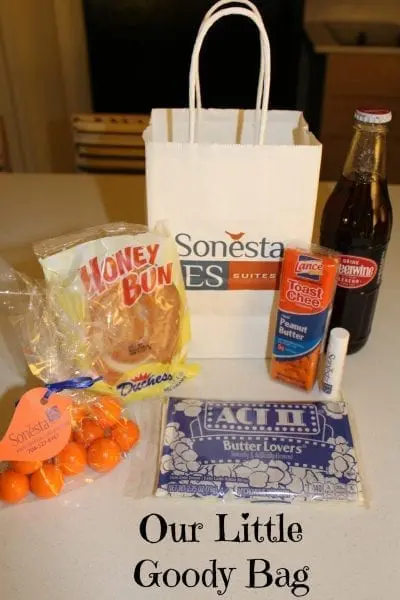Guest Post : Six Money-Saving Myths Busted
Myth: In the grocery store, you’ll always find great deals on the “End cap” Fact: Just because it’s on an end cap doesn’t mean you should buy it.
Sure, you may find advertised sales on the ends of store aisles – but retailers know that shoppers are conditioned to pay special attention to items placed on end caps. Manufacturers may simply be paying a premium shelving allowance just to make sure you see their product. End cap placement can cause sales of that product to skyrocket. The best plan is to know what you are buying ahead of time, and make your buying decisions based on the store ad and your stock of coupons.
Myth: Store brands (generic) are always a better value Fact: Brand name and coupons almost always provide the better deal.
Product quality aside, if we were to compare brand name vs. store brand products strictly on pricing alone, about 90% of the time, you can get far better deals on brand name products. Here’s why: Big manufacturers offer high value coupons and great incentives through retailers to encourage you to try their product. Combining a coupon and a sale can mean getting products for 60%-70% off. A store will almost never offer discounts at that level on their private label merchandise. Bottom-line: look in any serious couponer’s pantry and you’ll see very few generic products.
Myth: Buy the bigger box to save money Fact: You’ll often get the best deal by buying the smallest package.
When Kellogg’s offers a one-dollar coupon on their breakfast cereal, which size box should you use it on? The huge six-dollar box – or the smaller box that is on sale for two dollars? You get more buying power from applying your high value coupon to the smaller box.
Myth: If I buy something for 50% off, I’m saving money. Fact: Even if you are spending less money on a product, you are still spending money.
There are many products that are available for 50% off nearly every week. It’s part of their gimmick to convince you that you’re getting a better deal than you really are. Also, if you part with your cash for a product and you don’t use it or donate it before it spoils, you haven’t gotten a good deal at all. You’ve lost 100% of the value of that product. Use your cash wisely for products you will use.
Myth: Warehouse clubs are the most economical. Fact: Warehouse clubs are not the most economical way to shop for most products.
Our team has done extensive research on this one on our website. Warehouse clubs are masters at convincing you of their value while charging you $200 to exit the store. The ‘wholesale’ atmosphere, and unusual product sizes and quantities are disorienting to most shoppers trying to shop smart for their family. Even if warehouse clubs accepted coupons (most don’t), it wouldn’t matter. The per unit pricing is very high compared to sticking with the best sales at a grocery store on a vast majority of the products you regularly buy. Once you start applying coupons to those sales, it’s not even close.
Myth:“Always Low prices” stores or little discount stores are the most economical. Fact: Unless you are taking full advantage of price matching, you’ll do far better at a store that offers sales.
It’s true that stores that rely on ‘always low prices’ generally have lower shelf prices. However, a smart shopper seldom buys anything at shelf prices. They are buying only the best local sales and applying their high value coupons to those sales. This results in products that reach far below what is possible at discount stores.
The best couponers save hundreds of dollars every month at the grocery store. However, couponers can end up living very extreme lifestyles to get those savings. For over five years, SavingsAngel.com has equalized the playing field – giving extreme savings to busy families who don’t have the time or ability to be an extreme couponer. Each week, SavingsAngel.com’s team of more than 70 angels combines over 2,000 products on sale at local grocery and drug stores with an enormous database of over 2,000 different manufacturer coupons. These combinations result in our members getting access to over 300 products each week for 50% off or better. Simply log in, choose the deals you want, print or clip only the coupons you need, and save hundreds of dollars a month at regional and national stores. Our angels will personally work with you to craft a plan that will help you buy healthier food at lower prices – helping you keep $200 to $400 in savings each month.
Josh Elledge is the Chief Executive “Angel” of SavingsAngel, Inc. – launched from his Holland, Michigan home in January 2007. A husband and father of three, he now appears each week on television, many radio stations and newspapers, teaching families how to cut their grocery bill in half using the Internet. Elledge created the technology found on SavingsAngel.com through the desire to save his own family’s money. Successfully able to cut his own grocery bill from $600 a month to less than $300 a month, his message has reached hundreds of thousands of families. SavingsAngel.com is now growing rapidly throughout the country. You can watch a short video at SavingsAngel.com that will explain more information about how to cut your own grocery bill in half with the help of SavingsAngel.com.
Similar Posts:
- None Found






